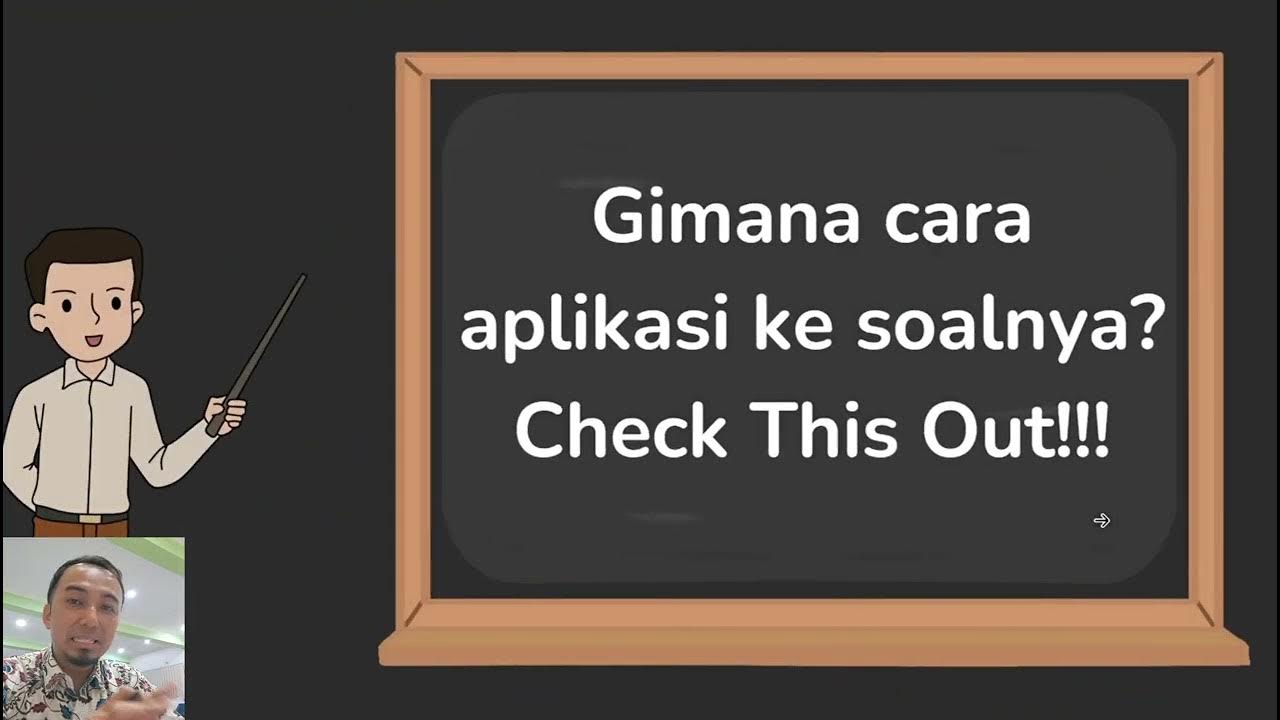El subjuntivo en español... ¡El maldito subjuntivo!
Summary
TLDRIn this video, the speaker breaks down the challenging Spanish subjunctive mood, explaining it in simple terms and providing real-life examples. The subjunctive is used when expressing desires, doubts, or hypothetical situations. The speaker emphasizes learning it through context, such as using negative instructions and expressing personal preferences. Practical examples include phrases like 'I want you to come' and 'I hope it rains.' The video encourages learning the subjunctive without relying too much on grammar rules, and promotes a course to deepen understanding of Spanish in real-life contexts.
Takeaways
- 😀 The subjunctive is a mood in Spanish used to express uncertainty, wishes, doubts, and hypothetical situations, not just a tense.
- 😀 Negative instructions (e.g., 'no hagas' – don't do, 'no vengas' – don't come) are essential for mastering the subjunctive.
- 😀 The subjunctive is often used to express desires and preferences about things that are not currently happening, like 'I want you to come' or 'I hope it rains'.
- 😀 Using verbs like 'gustar' (to like), 'molestar' (to bother), and 'fastidiar' (to annoy) often triggers the subjunctive when discussing things you don’t like or when talking about the possibility of something happening.
- 😀 The subjunctive is necessary when expressing wishes, such as 'I hope you buy a dress' or 'I wish it would rain'.
- 😀 The subjunctive is used when discussing things that are uncertain, such as 'I don’t think it's going to rain' or 'I’m not sure we’ll win'.
- 😀 The phrase 'No pienso que' (I don't think) requires the subjunctive because it expresses doubt about a fact.
- 😀 Learning how to give negative commands (e.g., 'no hables' – don’t speak, 'no comas' – don’t eat) helps you better understand how the subjunctive works in everyday communication.
- 😀 When speaking about things that haven't happened yet, the subjunctive expresses what you want or hope to happen, such as 'I hope she calls' or 'I wish we could go'.
- 😀 It's important to learn the subjunctive in context, focusing on how it’s used in real conversations, rather than just memorizing grammar rules.
- 😀 The subjunctive appears frequently in everyday expressions of hope, doubt, and desire, which are common in conversational Spanish, such as 'I hope you do well' or 'I want you to succeed'.
Q & A
What is the subjunctive mood in Spanish?
-The subjunctive mood in Spanish is used to express non-factual statements such as desires, doubts, hopes, or hypothetical situations, rather than to state actual facts or events.
Why is learning the negative form of commands helpful for understanding the subjunctive?
-Learning negative commands like 'no vengas' (don't come) and 'no digas' (don't say) helps establish a foundation for using the subjunctive, as it introduces the mindset of expressing something that isn't a straightforward fact.
What is the role of the phrase 'no me gusta que' in using the subjunctive?
-'No me gusta que' (I don't like that) is a common expression that triggers the subjunctive, as it expresses an emotion or a preference about something that is not happening at the moment but is possible.
How does the subjunctive differ from regular statements of fact in Spanish?
-The subjunctive mood is used when referring to situations that are uncertain, hypothetical, or non-factual, whereas regular statements of fact describe events or actions that are happening or have occurred with certainty.
Can you provide an example of a subjunctive sentence expressing a wish?
-An example of a subjunctive sentence expressing a wish is 'Ojalá que llueva' (I hope it rains), where the action is not certain to happen.
Why is it important to learn the subjunctive through context rather than just grammar rules?
-Learning the subjunctive through context helps students understand its real-life applications and how it reflects natural speech patterns, making it easier to use in everyday conversations.
What are some common verbs that require the subjunctive when negated?
-Common verbs that trigger the subjunctive when negated include 'pensar' (to think), 'creer' (to believe), and 'estar seguro' (to be sure), as in 'No pienso que seas buen cantante' (I don’t think you are a good singer).
How is the subjunctive used when expressing doubt?
-The subjunctive is used to express doubt in sentences like 'No creo que vaya a llover' (I don't think it's going to rain), where the speaker is uncertain about the outcome.
What is the importance of using 'que' in subjunctive sentences?
-'Que' is often used in subjunctive sentences to introduce clauses that express feelings, desires, or hypothetical situations, although it is not always necessary.
How does the subjunctive reflect cultural understanding in the Spanish language?
-The subjunctive reflects cultural nuances in the Spanish language by emphasizing the speaker's perception of reality, uncertainty, and emotional responses, helping learners understand how native speakers convey thoughts, desires, and hypothetical scenarios.
Outlines

This section is available to paid users only. Please upgrade to access this part.
Upgrade NowMindmap

This section is available to paid users only. Please upgrade to access this part.
Upgrade NowKeywords

This section is available to paid users only. Please upgrade to access this part.
Upgrade NowHighlights

This section is available to paid users only. Please upgrade to access this part.
Upgrade NowTranscripts

This section is available to paid users only. Please upgrade to access this part.
Upgrade NowBrowse More Related Video
5.0 / 5 (0 votes)





